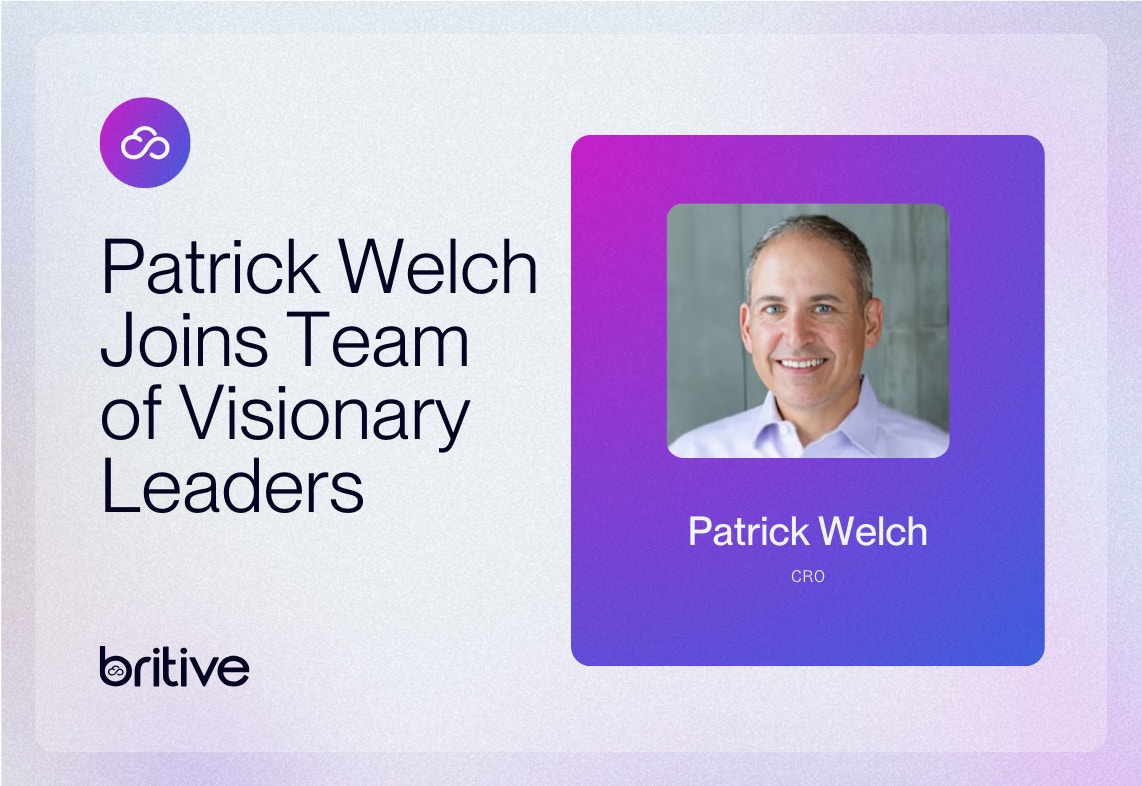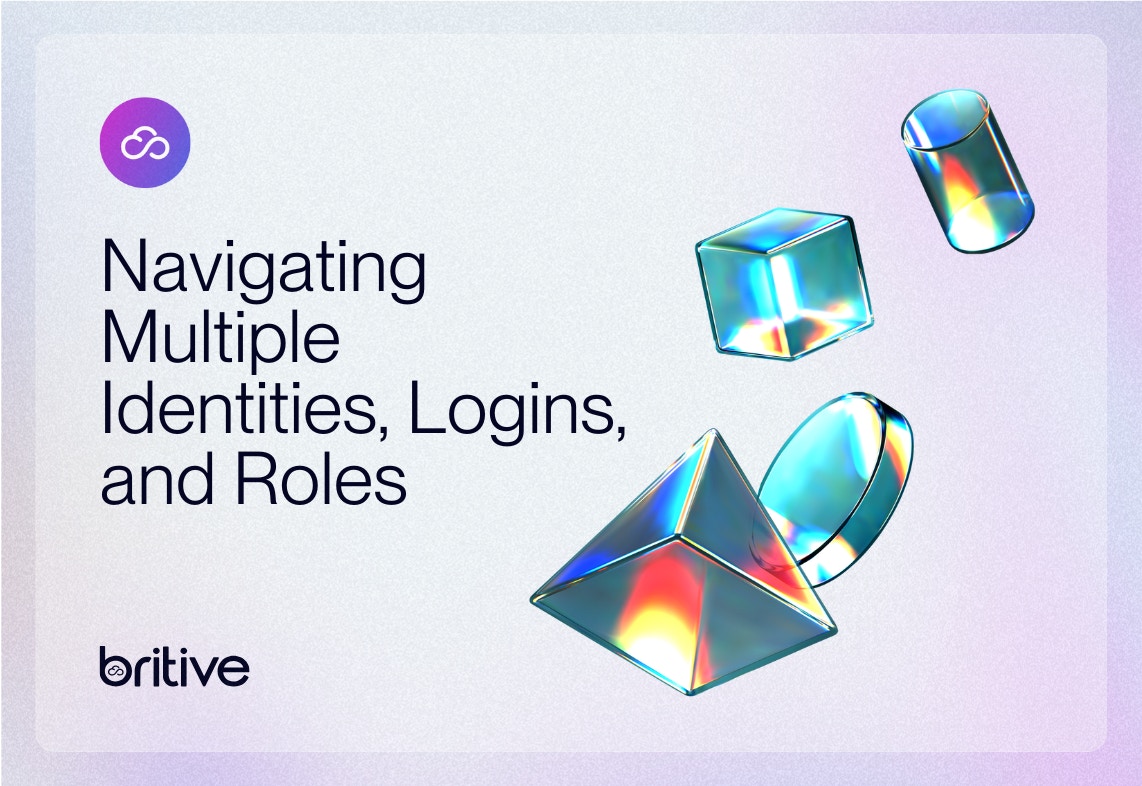


Back to resources
Five Questions to Ask a Potential Privileged Access Management Vendor
December 2024 / 7 min. read /

With the speed and scale of growing identities and innovation in the cloud, finding the right Privileged Access Management (PAM) solution is critical to securing sensitive resources without sacrificing operational speed and flexibility.
However, not all PAM platforms are created equal.
Whether you’re looking to implement a PAM platform for the very first time, or you want to evaluate new products on the market before renewing on your existing platform, you’ll want to get a complete understanding of how vendors address key requirements and criteria.
Here are 5 questions you can use to guide your evaluation to help you find a solution that meets the demands of a modern, multi-cloud environment.
1. How do you address the risk of standing privileges?
Standing or static privileges, defined as persistent access granted to users or applications, are a huge security risk. Since permissions are inherently tied to these accounts, their credentials remain vulnerable to exploitation, even when they’re not actively being used.
Compromised identities are being attributed as the cause of more and more reported breaches, so securing accounts with privileged access is top of mind for many security practitioners.
Many PAM solutions focus on implementing a least-privilege approach, limiting access rights to only the applications and permission levels required on a day-to-day basis. While this is crucial, it doesn’t eliminate the risks if those permissions remain statically attached to these credentials.
Multi-factor authentication (MFA) is often added as an additional layer to protect access to these credentials. This layered, defense-in-depth approach is beneficial, but shouldn’t be the only step taken in securing privileged access. Even with MFA, standing privileges still pose a risk.
Zero standing privileges (ZSP) is perhaps the most effective identity risk mitigation approach as it entirely removes static privileges. It is a foundational step in building a secure environment. Solutions offering ephemeral privileges, often referred to as just-in-time (JIT) permissions or access, eliminate the risk associated with standing privileges.
With a true JIT permissioning model, privileges are granted only upon request and revoked automatically after use or at the end of a set period of time. Separating credentials from permissions ensures that identities don’t have long-lived or perpetual access, significantly reducing the risk of lateral movement by attackers within systems. Many vendors claim to offer “JIT” but are not offering ephemeral privileges, only limited access to shared accounts with static privileges, so it’s best to confirm the approach.
2. How long does it take to implement the solution and show value?
Lengthy implementation timelines and complex deployments can delay your ability to secure critical systems and may lead to long-term costs in maintaining software and additional infrastructure. Evaluating a PAM solution’s ease of deployment and time-to-value is crucial in fast-moving enterprises.
As with most software, the implementation time and process can vary significantly among PAM vendors. Some require extensive configurations or the installation of agents on user devices and target resources which can be a challenge to deploy at scale. Solutions that utilize certain technologies like proxies often require coordination across networking, IT, and security teams, which can prolong deployment.
The solution you consider should also be able to support any non-standard or unique infrastructure requirements for any unique use cases. Rigid configuration requirements or reliance on vendor-supplied connectors can also slow deployment time and force engagement with professional services for additional customization—and cost.
PAM platforms with lightweight, agentless architectures reduce complexity and accelerate the speed of deployment. A SaaS-based solution, for example, allows organizations to bypass the need for any on-premises infrastructure and allows your organization to offload management overhead to the vendor.
Also consider if a solution has open APIs and SDKs. These will enable your teams to create customized integrations with current tools and processes in-house. This allows for more flexible, responsive changes internally while avoiding vendor lock-in or more professional services.
3. How does it support different cloud environments?
As enterprises adopt multi-cloud strategies, it’s essential to secure access consistently across infrastructures such as AWS, Azure, Google Cloud, and more.
Many PAM platforms focus on managing permissions at the application level, which is essential for managing certain use cases, but can leave privileged access at the infrastructure-level unprotected.
A strong PAM solution should be able to handle infrastructure-level management to ensure consistent policy configuration and enforcement across cloud resources, Kubernetes clusters, and other components of the cloud environment. Kubernetes, often the backbone of modern cloud applications, requires specialized handling to secure access for both developers and any automated processes.
The ability to extend identity-based controls across foundational environment layers ensures that there are no gaps in coverage, no matter how many cloud or on-premises environments need to be secured. Look for solutions that combine this cloud infrastructure-level support with support for cloud applications, data, and platforms (SaaS, DaaS, PaaS, etc.).
4. Does the same solution support and secure non-human identities (NHIs) in addition to human identities?
Non-human identities (NHIs) — also known as service accounts, CI/CD pipelines, API keys, and machine identities — are growing rapidly across modern organizations, often greatly outnumbering human identities. These automations often have elevated, long-lived privileges in order to carry out their intended functions, making them a prime target for attackers.
Many legacy solutions fail to address or consider NHIs effectively, leaving potential vulnerabilities and inconsistent policy enforcement. A modern PAM platform should centralize policy management, simplifying access and enforcement of security rules—regardless of whether the identity belongs to a person or a process.
Organizations should be able to track, manage, and secure all identities—human and non-human—across the environment through a single platform without additional complexity that comes from multiple tools or siloed processes.
5. How does the solution make operations more efficient while keeping things secure?
A PAM solution should not only enhance security but also streamline operations across IAM, DevOps, and compliance teams. Manual access requests, repetitive administrative tasks, and inefficient workflows can erode productivity while increasing security risks.
Clunky PAM solutions with complex workflows for requesting and granting new access often creates administrative bottlenecks, requiring IAM teams to manually handle cumbersome access requests to systems they might not fully understand. Such delays can severely hamper the performance of engineering teams and lead to significant business costs.
Additionally, audit and compliance processes can become cumbersome when static privileges must be reviewed and explained for quarterly or annual attestation reports.
A modern PAM solution should streamline and automate requests, approvals, and access expiration to reduce the burden and manual intervention from IAM and security teams. Implementing the ephemeral, JIT permissioning approach mentioned earlier in this post not only makes access management easier, but implementing true zero standing privileges also means that there are no long-lived credentials to review for compliance purposes.
Flexible policy controls allow for the implementation of security guardrails for a variety of use cases, from contractor onboarding, adapting to existing DevOps workflows, securing break-glass accounts, and a variety of other use cases, without creating additional friction for end users. Look for a solution that provides policy-driven access and self-service workflows.
Conclusion: Modern PAM Requirements Need Modern Solutions
Choosing the right PAM solution requires thoughtful evaluation of its capabilities and how it addresses modern challenges. Focusing on reducing the risk of standing privileges, ensuring multi-cloud support, securing non-human identities, and improving operational efficiency allows organizations to build a robust access management process that scales with both current and future needs.
Britive’s cloud-native PAM platform addresses these challenges head-on, offering a unified, scalable, and flexible solution designed for the complexities of modern enterprises. Whether you’re managing human or non-human identities, fully-cloud native or just planning your cloud strategy, Britive’s innovative approach empowers organizations to secure their environments without sacrificing agility.
Watch a recent episode of the Cloud Security Podcast, with Britive’s CEO and Co-Founder, Art Poghosyan, with Ashish Rajan to delve into the evolving world of identity and access management (IAM) in the cloud era.


